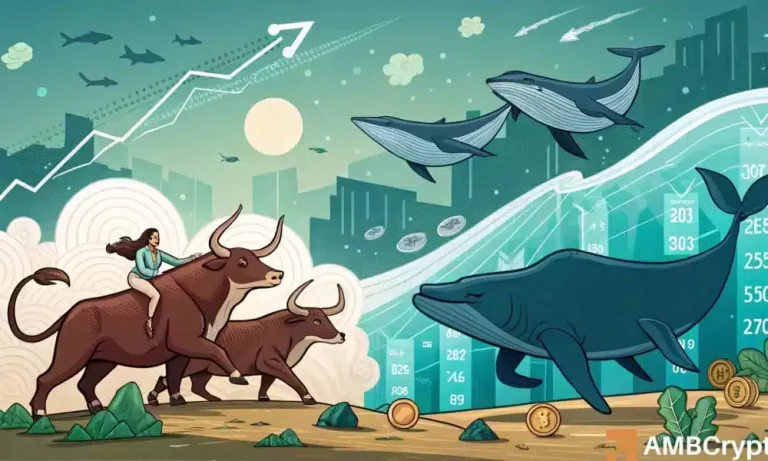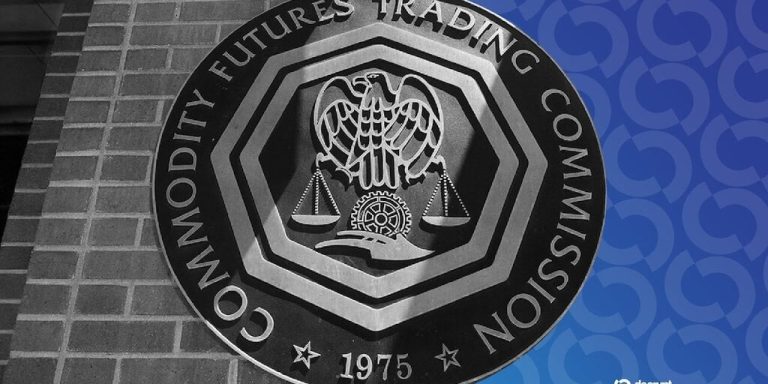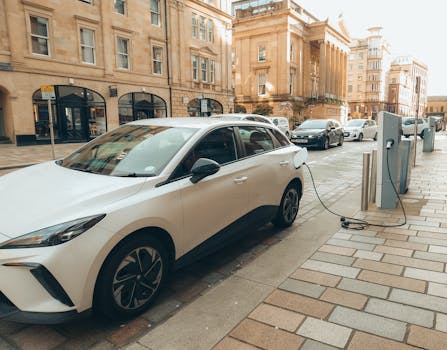
Smart Cities: Urban Trends for 2025
Smart Cities are at the forefront of urban development, incorporating innovative technologies and sustainable practices to create efficient, livable, and resilient cities. As we approach 2025, several key trends are emerging that will shape the future of urban planning and development.
Introduction to Smart Cities

Smart Cities are designed to provide a high quality of life for their citizens while minimizing their environmental footprint. This is achieved through the integration of information and communication technologies (ICT) with urban planning and management. Smart Cities aim to create a more sustainable, efficient, and livable urban environment, leveraging technologies such as the Internet of Things (IoT), data analytics, and artificial intelligence (AI).
Urban Trends for 2025

Several urban trends are expected to shape the future of Smart Cities in 2025. These include:
- Sustainable Infrastructure: Cities are investing in green infrastructure, such as green roofs, urban forests, and renewable energy systems, to reduce their environmental impact.
- Smart Transportation: Electric and self-driving vehicles, as well as advanced public transportation systems, are being implemented to reduce congestion and emissions.
- Energy Efficiency: Buildings are being designed and retrofitted to be more energy-efficient, using technologies such as LED lighting, smart thermostats, and energy-harvesting systems.
- Waste Management: Cities are implementing advanced waste management systems, including recycling programs, composting, and waste-to-energy conversion.
- Public Safety: Smart Cities are leveraging technologies such as surveillance cameras, sensors, and data analytics to enhance public safety and prevent crime.
Technologies Driving Smart Cities
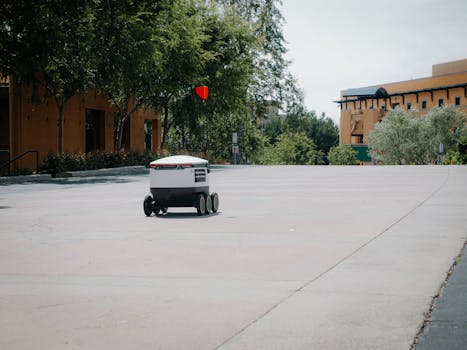
Several technologies are driving the development of Smart Cities, including:
- Internet of Things (IoT): The IoT is a network of physical devices, vehicles, and other items that are embedded with sensors, software, and connectivity, allowing them to collect and exchange data.
- Data Analytics: Data analytics is the process of examining data sets to conclude about the information they contain. In Smart Cities, data analytics is used to optimize city operations, improve public services, and enhance the quality of life for citizens.
- Artificial Intelligence (AI): AI is being used in Smart Cities to optimize traffic flow, predict energy demand, and detect potential security threats.
- Cloud Computing: Cloud computing is a model for delivering computing services over the internet, allowing cities to store, process, and manage large amounts of data in a secure and scalable manner.
Conclusion
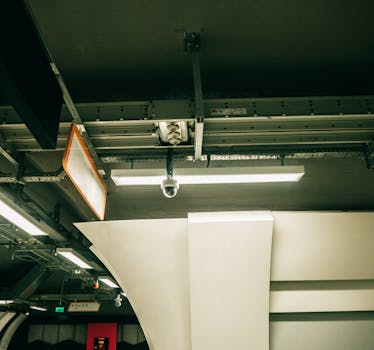
Smart Cities are the future of urban development, offering a high quality of life for citizens while minimizing their environmental footprint. As we approach 2025, several key trends are emerging, including sustainable infrastructure, smart transportation, energy efficiency, waste management, and public safety. These trends are being driven by technologies such as the IoT, data analytics, AI, and cloud computing. By embracing these trends and technologies, cities can create a more sustainable, efficient, and livable urban environment for generations to come.



